Understanding Hidden Ageism
Ageism can be indirect, implicit and even unintended but it is a social phenomenon. A look at how it happens and some solutions we could weave in.
It was a dull morning, and students in the class were desperately trying to pay attention as the Mathematics teacher introduced a new topic. To add to their woes, the teacher was in an unpleasant mood. The situation was ripe for tempers to flare. A boy chose the opportunity to disturb the class by deliberately coughing and sneezing at regular intervals. The teacher warned him twice, to no avail. This is when in a fit of rage, she exclaimed- ‘Are you an old man? Can’t you hear that I am asking you to stop coughing and not disrupt my rhythm?’ The class burst out laughing, and the embarrassed boy at long last mended his ways. Such comments may appear inoffensive and sometimes even funny on the surface, but capture a deeply entrenched psycho-social malady that afflicts our society, namely ageism. This is a serious problem precisely because it operates without the conscious awareness of either the perpetrator or the victim. In this case, the teacher’s impulsive response to the behaviour of the student was shaped by an underlying belief that old people are generally hard of hearing. Such remarks should compel us to probe ageism and its manifestation in our daily lives.
The world is rapidly ageing, and there are enough statistics to demonstrate that the population of older adults will skyrocket in the next few decades. While it is extremely crucial to provide for the economic requirements and healthcare of older adults, gerontologists and social psychologists also stress the need to adopt a psycho-social approach to understanding ageing.
What is ageism?
The term ‘ageism’ was coined by gerontologist Robert Butler in 1969 who characterised it as a ‘deep-seated uneasiness on the part of the young and middle-aged—a personal revulsion to and distaste for growing old, disease, disability; and fear of powerlessness, "uselessness," and death.’ In other words, ageism is largely conditioned by gerontophobia or a fear of ageing.
Cultural norms and social beliefs can often lead to negative self-definitions that have a debilitating impact on the cumulative well-being of older adults. On many occasions, ageist remarks are disguised as compliments and get overlooked. For instance, when an old lady is lauded for her ‘young’ or sprightly appearance, it perpetuates the assumption that being old is inherently bad.
“Media plays a significant role in shaping perceptions and attitudes towards different age groups,” says Dr Manisha Dhami, Assistant Professor in the Department of Human Development and Family Studies, Maharaja Sayajirao University, Baroda.
“In Indian media, there is often a focus on youth-centric themes, beauty standards (Wrinkle free face cream is an example) and narratives that marginalize older people. In general, society tends to perceive wrinkles as a sign of ugliness...This portrayal can reinforce age-related stereotypes and contribute to the marginalization of older people. Also, when it comes to costume selection for older people, it is often observed that certain cultural norms and stereotypes influence the colour choices associated with old age. Light shades such as grey and white are commonly preferred, while vibrant or bold colours may not be as commonly associated with older individuals,” Dr Dhami points out.
Many scholars have written on this issue. Becca Levy and Mahzarhi Banaji argue that ageist notions stem from a paradigm that treats the elderly as dispensable members of a community. This is often because of their inability to proactively contribute to the family income. Levy and Banaji assert that all human beings are guilty of implicit ageism, which gets reflected in everyday conversations, politics and also at the workplace. We unknowingly subscribe to stereotypes like ‘older adults can’t drive’, and this becomes entangled with sociocultural mores that are hard to expunge. The medical profession is also not innocent in this regard. According to Dr Dhami, “In India Geriatrics is not as popular or widely pursued as paediatrics or other medical specializations. So, this shows how older people are segregated or ignored.”
Who is being ageist?
Everyone from technology to the youth. The youth are considered to be the main perpetrator of ageist stereotypes because of limited contact with older adults. Technology often becomes a barrier between generations, as older adults are considered inept at using technology, unlike the youth, another possible ageist stereotype. Such stereotypes are frequently internalized by older adults who end up feeling inadequate. Disparities exist on a gendered plane as well, which is evident in stereotypes like ‘old women cannot manage finances’ or ‘old men cannot drive’. Research has shown that women are more susceptible to ageist attitudes because of widespread consumerism that gives importance to feminine beauty.
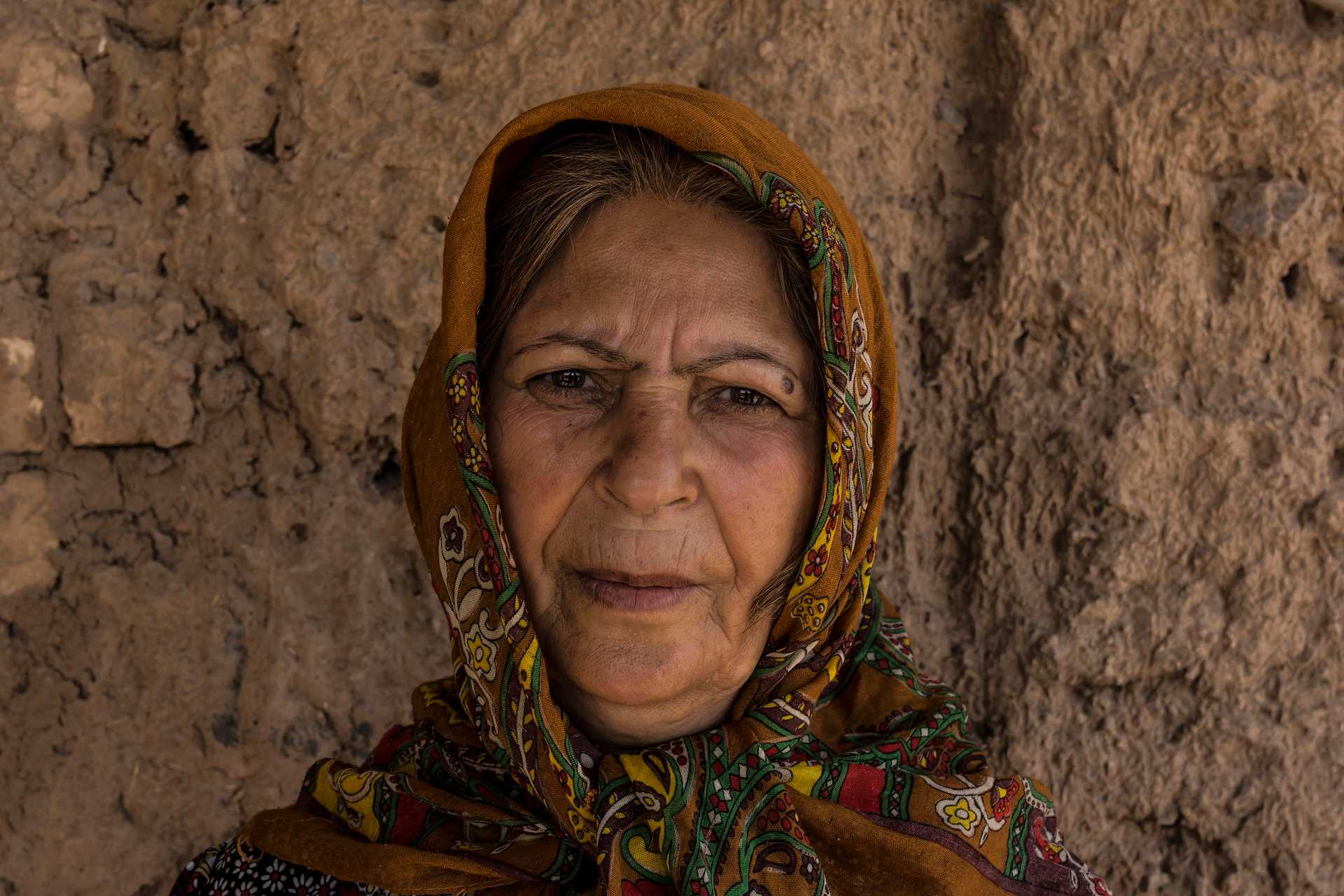
We now know the problem. What are the solutions?
1. Independent Living: There are numerous cases of older adults breaking free of stereotypes and making their lives meaningful. Munendra Nath Srivastava is an 82-year older adult who lives alone in his Pune apartment. Five years back, he was a practising insurance lawyer in Lucknow who only resumed his legal practice after retiring from LIC as a zonal manager in 2002. Assured of a pension, he had the option of leading a comfortable retired life, but at 60, he felt supercharged with energy and ready to resume his legal career. He harnessed his experience in insurance, became a reputed insurance lawyer and continued his legal practice for 15 years, before shifting base to Pune in 2018. The octogenarian firmly believes that personal happiness is contingent on keeping oneself occupied, and remains abreast of developments in his profession. After losing his wife three years ago, he made it clear to his daughters that he desired to stay alone so that he could live life on his own terms. Srivastava’s life is a repudiation of the ageist stereotype that older men cannot live independently and also demonstrates how older adults- when they have agency- can effectively harness their professional experience to fulfil career ambitions even after retirement.
2. Intergenerational Thoughts & Exchanges: Age-related topics and discussions can be incorporated into the existing education curriculum so that students are exposed to social, psychological and health aspects of ageing. Older adults must also actively look out for volunteering opportunities in schools and community centres so that they can bridge the generation gap and promote mutual understanding. “Inviting older adults and geriatric specialists as guest speakers to schools and colleges can also help dispel many stereotypes associated with ageing,” says Dr Dhami. Students must also be encouraged to undertake research projects related to ageing and ageism. Experiential activities can be conducted for students to enhance their understanding of ageing and ageism. “This can involve conducting interviews with older adults, studying their experiences and perspectives and presenting their findings to raise awareness and challenge stereotypes within the educational community.”
3. Empowering them towards decision making: Older adults who come with specialised skills and subject knowledge can also be made stakeholders in the functioning of educational institutions, Dr Dhami notes. “Involving older adults in the decision-making processes of educational institutions can include forming advisory boards or committees that include representatives from different age groups including older adults. Their input and perspectives can contribute to more age-inclusive policies and practices within the educational institution.”
4. Community activities: Community engagement can also be instrumental in breaking down stereotypes. This can include joining clubs, organizations, spiritual practices or recreational groups that promote intergenerational interaction.
5. Lifelong learning: There is no age bar for learning new skills, and to that extent, initiatives can be taken to encourage older adults to hone their existing hobbies or skills so as to open up fresh avenues for them. Silver Talkies member Veena Iyer learnt Dance Movement Therapy from the Tata Institute of Social Sciences, Mumbai, after retiring as a banker. She has since then further upskilled herself and runs workshops and programs.
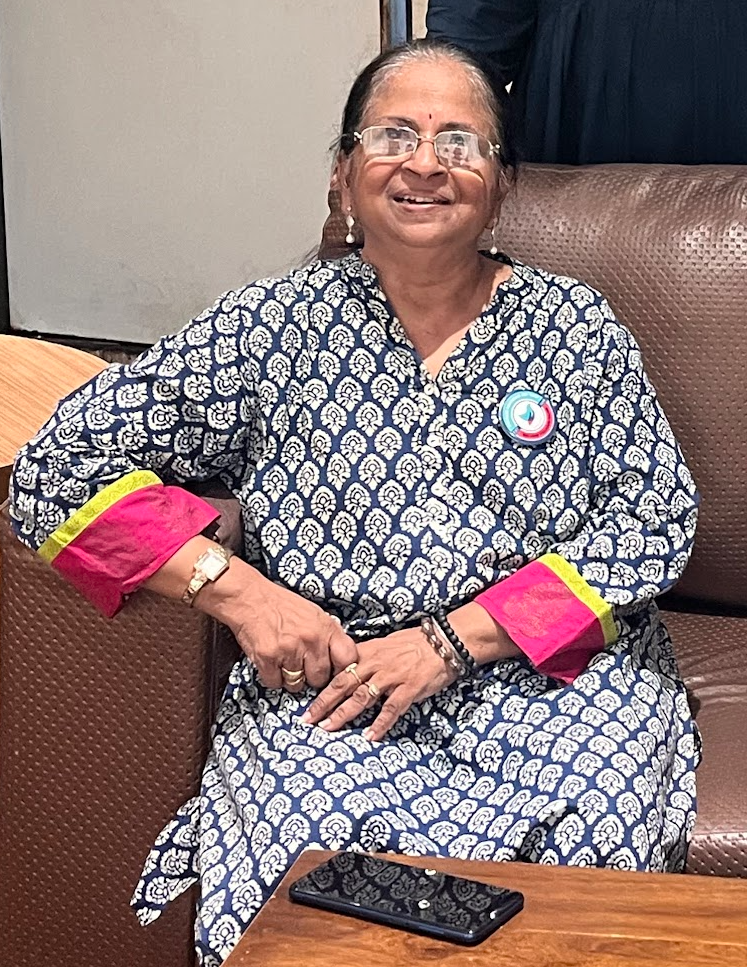
Ageism implicitly shapes the way we respond to various situations in life. In this context, American scholar Ashton Appleby aptly characterises ageism as the ‘last socially sanctioned prejudice’. The first step towards eradicating such age-related stereotypes could be to pause and acknowledge ageism’s prevalence in our immediate surroundings. This could be followed by reflecting on our own behaviour, encouraging older adults who wish to remain active and innovative, community activities and intergenerational exchange.
Images courtesy: Pixabay & Unsplash
Have you come across hidden ageism in your life? What was your reaction to it? Share instances with us and help us start a dialogue and #saynotoageism
Comments

Ajitha
10 Aug, 2023
This article has highlighted the subtle and innate mindset of our society. In spite of progress and awareness, this mindset persists especially among the youth. It is upto us to dispel this fallacy by being mentally, physically and socially active. Let's find ways to give our best to the community by using our accumulated knowledge or by upskilling.
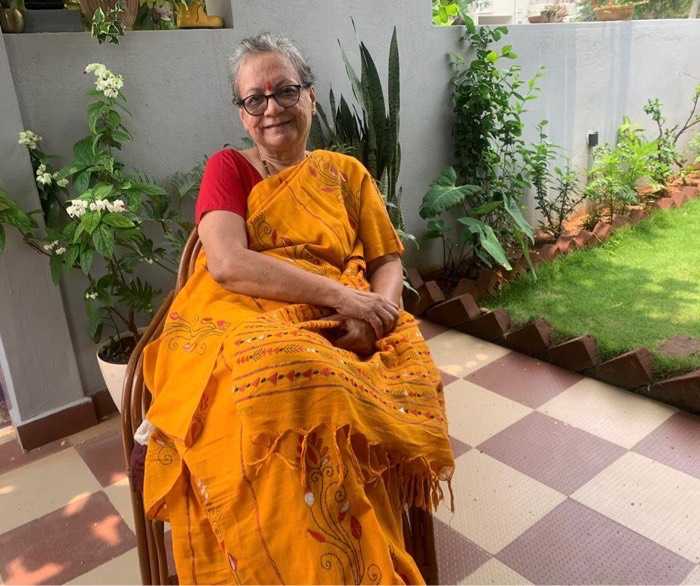
Neha
02 Aug, 2023
Ageing is a natural process and one must accept and prepare appropriately as for other states....... learning to walk and speak, prepare for school, college, enter the big world! Instead of giving up and playing victim, only makes sense to use our rich experience and get set for the next phase!!

Naveen Badrinarayan
31 Jul, 2023
Well articulated! I too believe that while the body will surely age and deteriorate, the mind and intelligence are the other tools that can be kept sharp by practice. Rightly said, one must aim to be active somehow as long as they are alive and keep doing something that you are passionate about. Picking up new skills, new hobbies and getting to meet new people, see new places, keep achieving something so that one remains relevant throughout their living years, irrespective of their age.




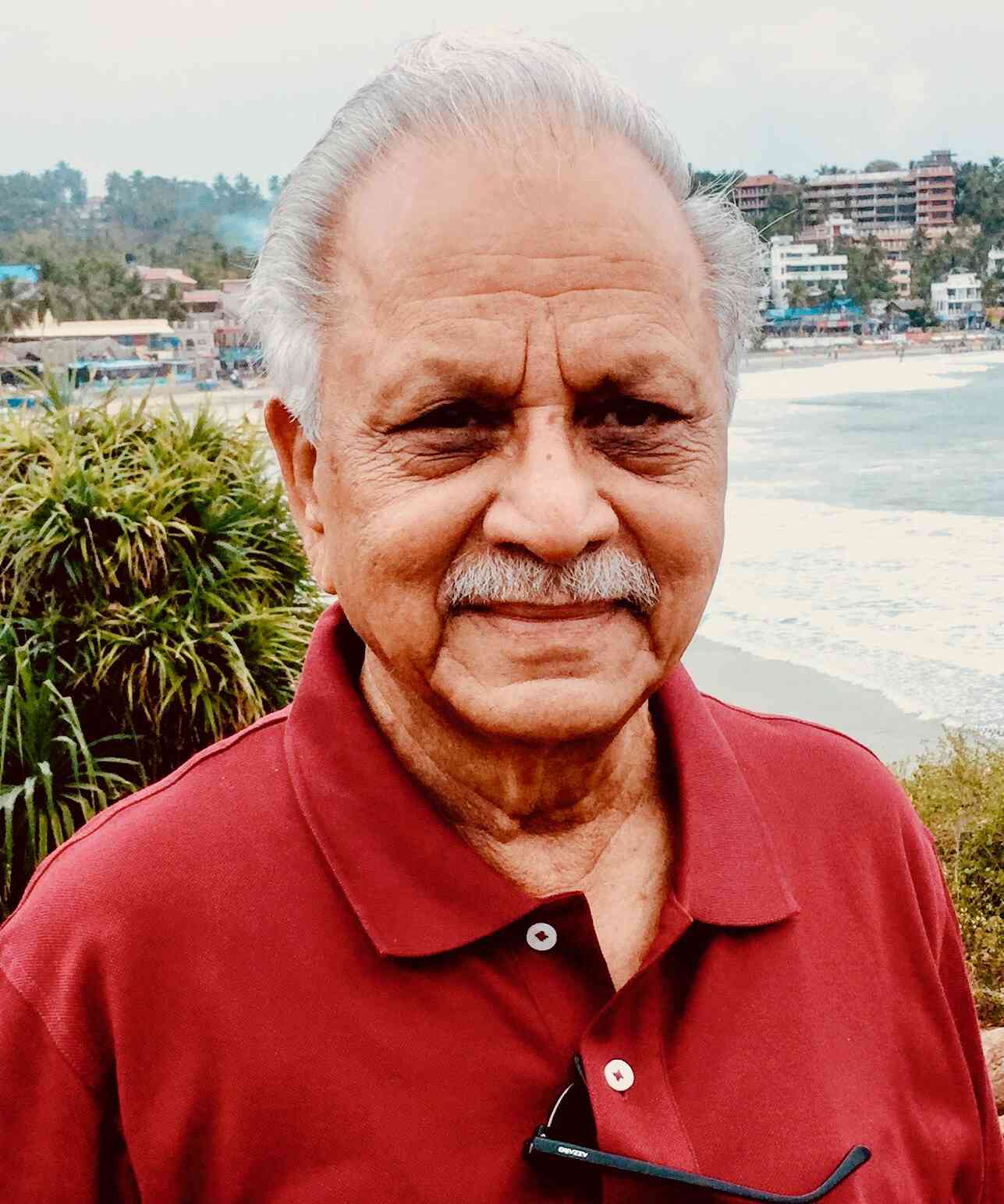

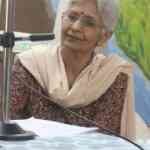
Post a comment